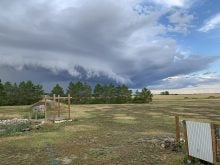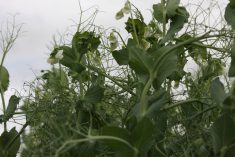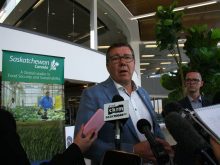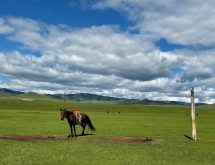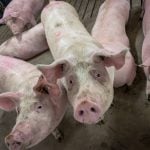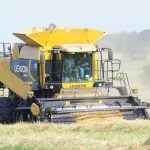Allan Brigden has a dream.
He and about 600 other durum growers want to build a pasta plant that could process more than five million bushels a year. They hope to have a business plan completed this spring telling them whether that dream could become reality.
“Value added has become the buzz phrase in Western Canada,” said Brigden, who farms near Kisbey, Sask. “You have to add value to your product to make the bottom line.”
The business plan should shed light on what type of pasta products to make, where to market them and what size of plant to build. It should also offer some idea of where to build the milling and pasta plant.
Read Also
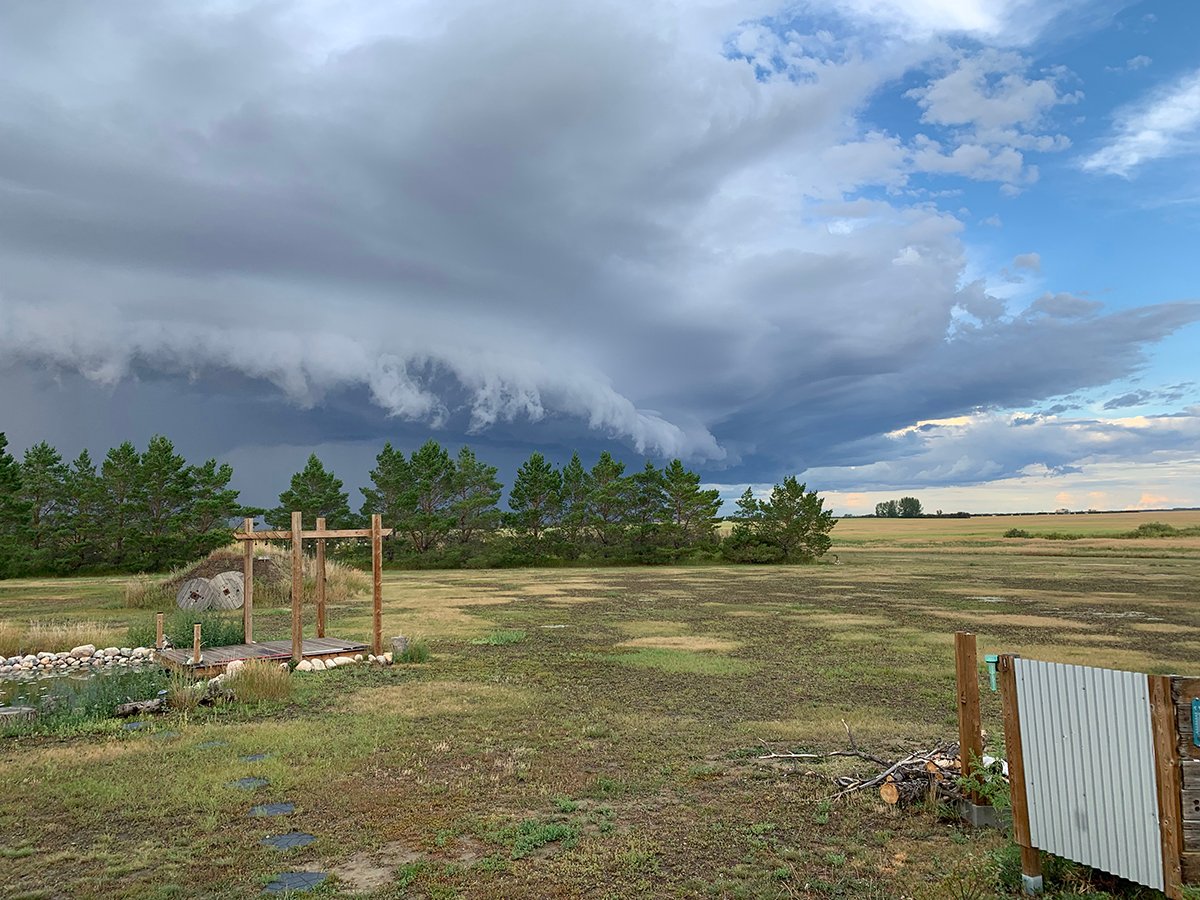
Storm dynamics and extreme rainfall
Besides moisture, instability and orographic lift, the next biggest factor that contributes to heavy or extreme rainfall is storm dynamics.
Brigden envisions a plant that could clean and mill the durum and then process and package it into pasta. Costs to build the facility could range from $40 million to $80 million. The business plan will dictate the size of the project, said Brigden, vice-chair of an interim board for Prairie Pasta Producers.
The proposed venture has drawn interest from durum growers in Saskatchewan, Manitoba, Montana and North Dakota. So far, 600 producers have each contributed $250 ($200 U.S.) as seed money for the endeavor.
Jim Iverson, who also serves on the interim board, is keen about the prospects for Prairie Pasta Producers. He grows at least 1,000 acres of durum each year at his farm near Columbus, North Dakota.
“We want to move up the food chain line,” said Iverson. “Rather than the retailers getting all the profit, we’d like to share in it. That’s our main goal.”
Project supporters admit there are some hurdles to clear first, such as how the rules of the Canadian Wheat Board could affect the new generation closed co-operative. In a closed co-op, the plant would buy only from its members who commit a certain amount of production each year.
That issue hinges on whether Prairie Pasta Producers builds on the American or Canadian side of the border.
Estevan and Weyburn are among the Saskatchewan communities hoping to land the pasta plant. Other possible sites include Crosby and Portal, two communities in North Dakota. “There’s lots of places in the running,” said Brigden.
Canadian durum growers will need export permits from the CWB to move their grain south if the plant is built in the United States.
Prairie Pasta Producers hopes the wheat board won’t impede delivery of durum if the plant is built in Canada. That’s something the group wants resolved before starting an equity drive.
Prairie Pasta Producers wants a wheat board ruling that allows members of the closed co-operative to deliver durum directly from their field to the plant, Brigden said. They do not want to go through the wheat board’s buy-back program, which requires farmers to sell their durum to the board so they contribute to the revenue sharing pool, then buy it back before selling it outside the pooling system.
Brigden hopes some flexibility will arise from wheat board reform and the fact that 10 prairie farmers now serve on the CWB’s board of directors.
The wheat board saw new pricing options come into effect this month, said Earl Geddes, the CWB’s program manager of market development. Those options should give the board some flexibility in dealing with closed co-ops.
“The location of the plant is key,” Geddes said. “Until we know where the plant is, it’s hard to know what difficulties may be experienced there.”
Manitoba’s deputy premier said Manitoba would consider sharing the costs of doing a business plan for Prairie Pasta Producers. However, he would also like the Saskatchewan and Montana governments to ante up some cash for that planning.
North Dakota has already committed up to $120,000 (U.S.) for the development of a business plan and prospectus. Canadian funds include $110,000 through the CARDS program. CARDS (which stands for Canadian Adaptation and Rural Development, Saskatchewan) provides federal money administered by the province of Saskatchewan.
A feasibility study was done last year for the proposed pasta plant. The outcome of that study offered encouragement to members of Prairie Pasta Producers.
A Swift Current, Sask., group is also proposing to build a durum mill and pasta plant. Pasta D’Aurum plans to first build the mill, raising equity by selling shares through the Alberta Stock Exchange. It is expected to do an initial share offering this year to raise money for construction.
Pasta D’Aurum chief executive officer Al Iafolla said the dry pasta market continues to grow. He expects that market to hit $5 billion next year in the United States, compared to $3 billion in 1996. Pasta consumption is also on the upswing in Asia.
Iafolla sees room for other pasta processors in Western Canada. However, such a venture requires careful homework, he said, noting that Pasta D’Aurum has spent three years researching and developing its plans.


